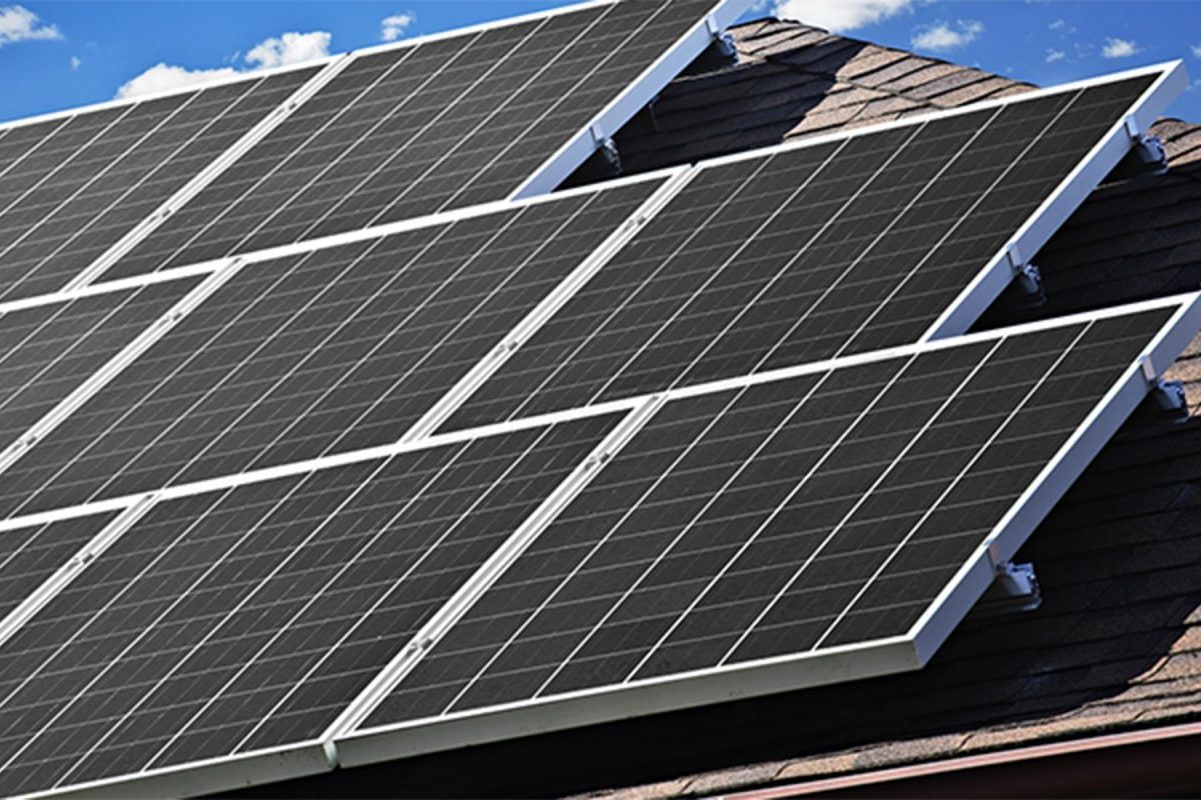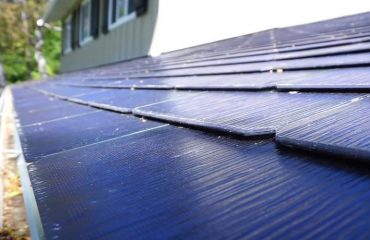Imagine harnessing the same energy that powers our entire solar system to light up your home and power your daily life. From ancient civilizations using solar power to melt salt to today’s cutting-edge photovoltaic technology, solar energy has shaped human innovation for millennia. Yet despite its long history, this remarkable power source continues to surprise us with its potential and versatility.
Did you know that just one hour of sunlight hitting Earth provides enough energy to meet global power needs for an entire year? Or that the first solar cell was created not for energy production, but as part of the space race? These fascinating insights barely scratch the surface of solar energy’s remarkable story.
In this exploration of solar energy’s most intriguing facts, we’ll uncover surprising truths about this limitless resource that powers our present and promises to revolutionize our future. From record-breaking innovations to unexpected applications, these solar facts will transform how you think about this powerful technology.
The Ancient Solar Pioneers You Never Knew About
From Ancient Greeks to Modern Breakthroughs
The story of solar energy begins with the ancient Greeks, who in 400 BC designed their homes to capture the sun’s warmth – an early form of passive solar heating. The Romans took this idea further by adding mica sheets to windows, creating the first solar-heated greenhouses.
Fast forward to 1839, when French physicist Alexandre Edmond Becquerel discovered the photovoltaic effect – the basic principle behind modern solar panels. In 1954, Bell Labs created the first practical silicon solar cell, achieving 6% efficiency. This breakthrough marked the beginning of the modern solar age.
The 1970s energy crisis sparked renewed interest in solar technology, leading to significant investments in research and development. Today’s solar panels are reaching efficiency levels above 20%, with some experimental cells achieving over 40%. Scientists continue pushing boundaries, developing transparent solar cells for windows and even solar fabrics for wearable energy generation.

The Space Race’s Secret Solar Connection
The story of solar energy is deeply intertwined with the Space Race of the 1950s and 60s. When NASA needed a reliable power source for satellites and spacecraft, they turned to solar technology. The Vanguard 1 satellite, launched in 1958, became the first spacecraft to use solar cells, revolutionizing space exploration. These early solar panels were incredibly expensive, costing around $1,000 per watt compared to today’s $3 per watt.
Space programs worldwide continued investing in solar research, leading to dramatic improvements in efficiency and durability. The technology that powered spacecraft eventually made its way into everyday applications. The same silicon-based solar cells that kept satellites running now power homes and businesses across the globe.
Perhaps most remarkably, the Space Race helped reduce solar panel costs by 99%, making clean energy accessible to everyone. It’s a perfect example of how space exploration benefits life on Earth.
Nature’s Solar Superstars

How Plants Perfect Solar Power
Nature’s original solar technology, photosynthesis, is a remarkable process that plants have perfected over millions of years. When we look at how plants convert sunlight into energy, it’s like watching master engineers at work. These green solar collectors use a sophisticated system of light-absorbing pigments and specialized proteins to capture and store solar energy with impressive efficiency.
What’s fascinating is that plants can convert about 95% of the sunlight they receive into usable energy, though they typically use only about 1-2% for growth. They achieve this through an intricate network of light-harvesting molecules called chlorophyll, arranged in a way that maximizes sun exposure. Even more impressive, plants can adjust their solar collection based on available light, shifting their leaves to catch more sun on cloudy days or protect themselves from excess radiation.
Scientists are now studying these natural solar processes to improve our solar panel technology. By mimicking nature’s designs, researchers are developing more efficient and resilient solar cells that could revolutionize how we harness the sun’s power for our energy needs.
Animal Solar Strategies
Nature’s solar pioneers can teach us a thing or two about harnessing the sun’s power. Take the desert lizard, for instance, which performs an impressive “morning dance” by tilting its body toward the sun to warm up quickly and start its day. Some butterflies have evolved specialized wings that work like miniature solar panels, helping them maintain the perfect body temperature for flight even in cool conditions.
Perhaps the most remarkable solar specialist is the oriental hornet, which actually contains a yellow pigment in its abdomen that converts sunlight into electrical energy, making it more active during peak sunlight hours. Certain species of sea slugs have even figured out how to perform their own version of photosynthesis by incorporating chloroplasts from the algae they eat into their bodies.
Even mammals get in on the action. The polar bear’s black skin beneath its transparent fur helps capture and retain solar heat, while desert tortoises regulate their body temperature by basking in morning sun and retreating to shade when temperatures climb too high. These natural adaptations continue to inspire innovations in human solar technology.
Solar’s Hidden Economic Impact
The Job Creator You Didn’t Expect
When you think of job creation, manufacturing and tech might come to mind first, but solar energy is quietly becoming one of America’s biggest employment powerhouses. The solar industry now employs more than 250,000 people across the United States, with new positions being added at a rate that’s five times faster than the overall job market.
What’s particularly exciting is the diversity of these jobs. It’s not just about installing panels – the solar sector creates positions for salespeople, engineers, project managers, and even financial analysts. Even better, these jobs are typically well-paying, with solar installers earning an average of $45,000 to $60,000 annually.
Small businesses are especially benefiting from this boom. Over 10,000 companies across the country are now involved in the solar industry, from local installation firms to regional distributors. The best part? These jobs can’t be outsourced – someone in your community needs to physically install and maintain those panels, making solar energy a reliable source of local employment for years to come.
Your Neighbor’s Solar Success Story
Meet Sarah and Tom Johnson from suburban Denver, who transformed their energy bills with solar panels last year. After watching their neighbors’ success with solar, they decided to take the plunge using zero interest solar financing. Their system, consisting of 12 panels, now generates 90% of their home’s electricity needs.
“We were skeptical at first,” Sarah admits, “but seeing our monthly electric bill drop from $180 to just $20 was eye-opening.” The Johnsons’ initial investment is expected to pay for itself within six years, and they’re already seeing the benefits. During summer heat waves, when their neighbors’ bills skyrocketed, the Johnsons maintained their low energy costs.
Their success inspired five other families on their street to go solar. “The best part,” Tom shares, “is watching our meter run backward on sunny days, knowing we’re not just saving money but helping the environment too.” The Johnsons estimate they’ll save over $40,000 in energy costs over the next 25 years while preventing 100 tons of carbon emissions.
Tomorrow’s Solar Innovations Today
Beyond Traditional Panels
While traditional solar panels have served us well, exciting innovations are reshaping how we harness the sun’s power. These transformative solar breakthroughs are making solar energy more accessible and efficient than ever before.
Transparent solar panels are turning ordinary windows into power generators, allowing buildings to produce energy without changing their appearance. These clever innovations can transform skyscrapers into vertical power plants while maintaining their sleek, glass facades.
Solar fabric technology is weaving its way into our daily lives, with researchers developing materials that can charge our devices while we’re on the move. Imagine backpacks, curtains, and even clothing that can harvest solar energy throughout the day!
Solar paint is another game-changing development that could turn any surface into a power source. This special coating contains light-sensitive particles that capture solar energy, potentially allowing homeowners to generate power from their roof, walls, and fences.
Floating solar farms are taking renewable energy offshore, utilizing unused water surfaces to generate clean power while reducing water evaporation. These innovative installations are particularly effective in regions where land is scarce or expensive.
These advances aren’t just fascinating – they’re making solar power more versatile and practical for everyday use, bringing us closer to a future where clean energy is seamlessly integrated into our lives.

Solar-Powered Everything
Solar technology isn’t just for rooftop panels anymore. From everyday gadgets to remarkable innovations, solar power is revolutionizing unexpected areas of our lives. Take solar-powered backpacks, for instance – they’re helping hikers and commuters keep their devices charged while on the move. Even clothing manufacturers are weaving tiny solar cells into fabrics, creating jackets and shirts that can power your smartphone.
In agriculture, solar-powered irrigation systems are transforming farming practices, while solar water purifiers are providing clean drinking water in remote areas. The transportation sector hasn’t been left behind either – solar-powered cars, boats, and even aircraft are pushing the boundaries of what’s possible with clean energy.
Perhaps most surprisingly, solar technology is making its way into our windows and walls. Among the latest solar technologies, transparent solar panels can turn ordinary windows into power generators while maintaining their clarity. Solar paint, currently under development, could potentially turn any surface into an energy-harvesting tool.
Even smaller applications are making a big impact – from solar-powered watches and calculators to garden lights and phone chargers. These innovations show that solar energy isn’t just about utility-scale power plants or residential rooftop systems – it’s becoming an integral part of our daily lives in ways we might never have imagined.
Solar energy has proven to be more than just an eco-friendly choice – it’s a smart investment in our future. From its ancient uses in architecture to powering modern space stations, solar technology continues to evolve and become more accessible. As energy costs rise and solar panel efficiency improves, there’s never been a better time to consider making the switch to solar power. By harnessing the sun’s energy, you can significantly reduce your carbon footprint while enjoying substantial savings on your energy bills. Whether you’re interested in powering your entire home or starting small with solar-powered devices, every step toward solar adoption makes a difference. Join the millions of homeowners worldwide who are already enjoying the benefits of this clean, renewable energy source and become part of the solar revolution.









